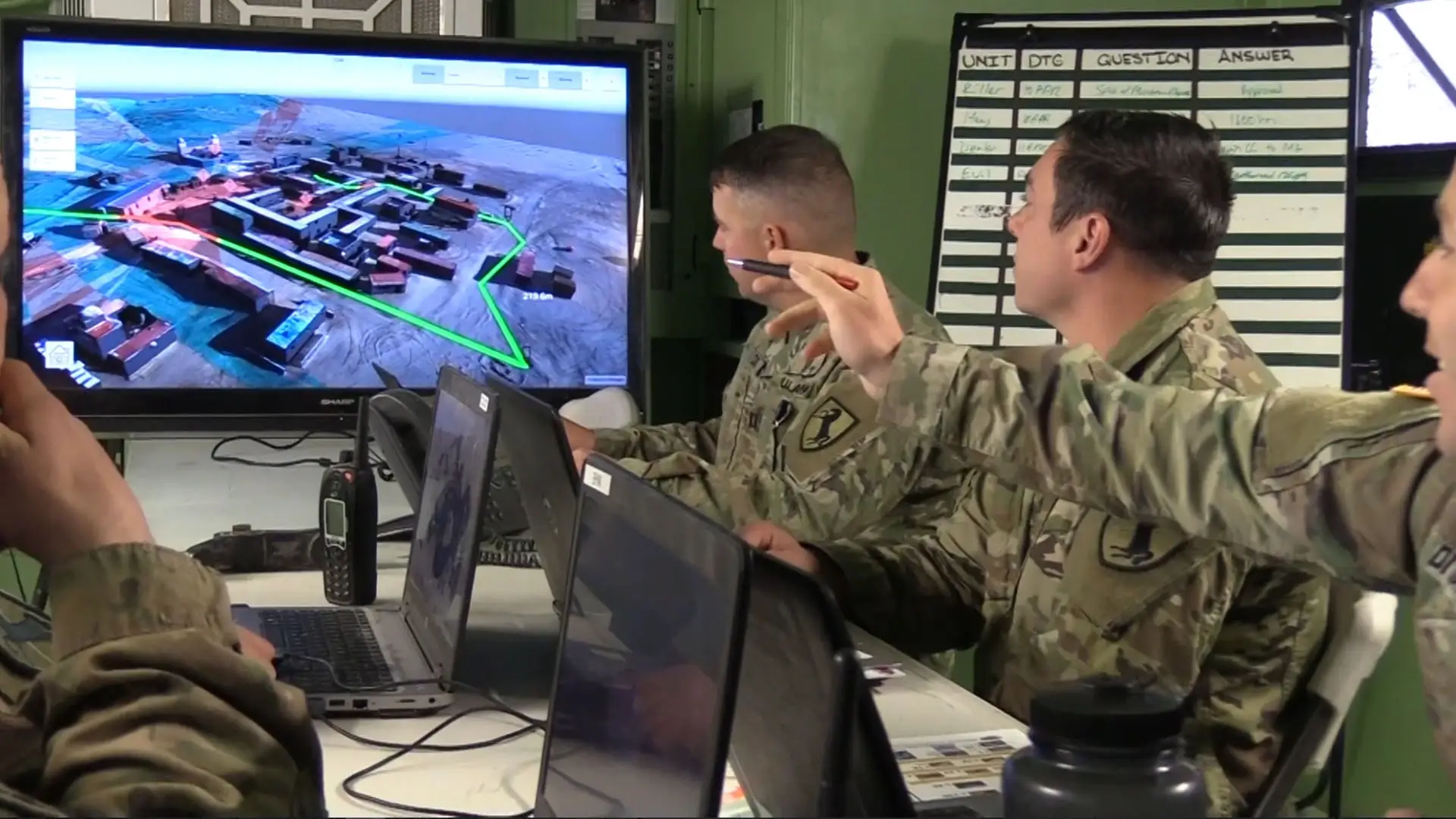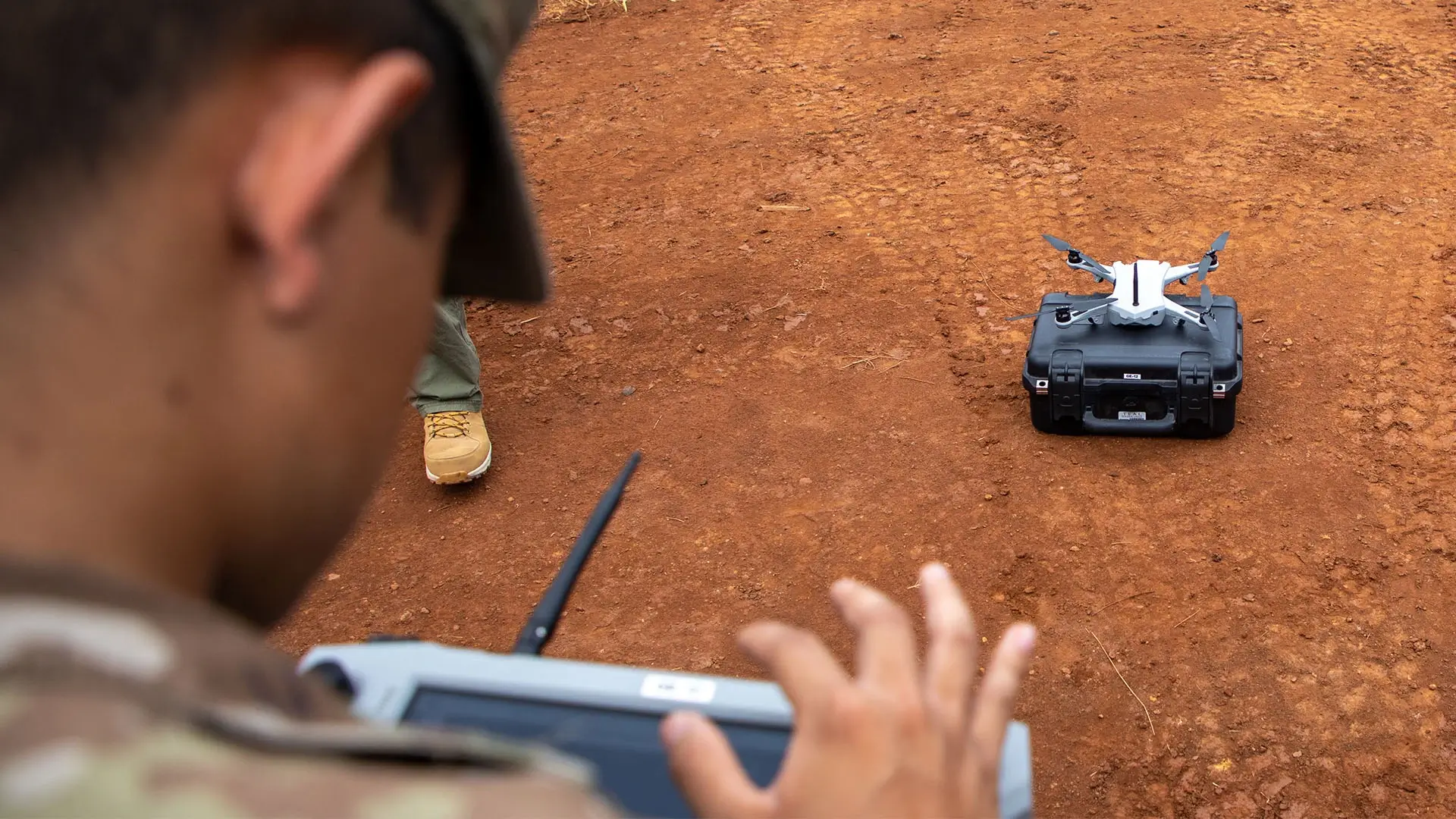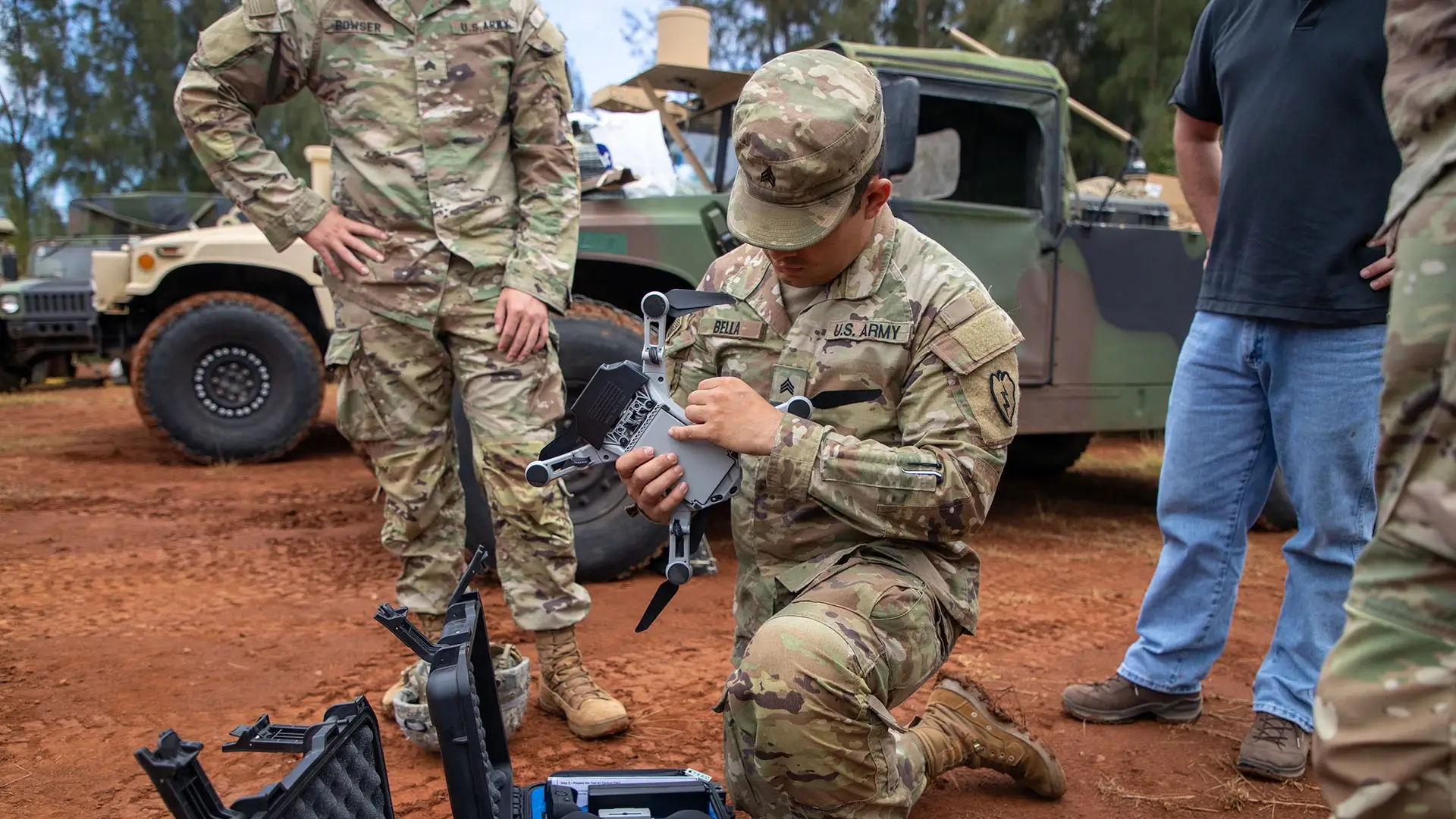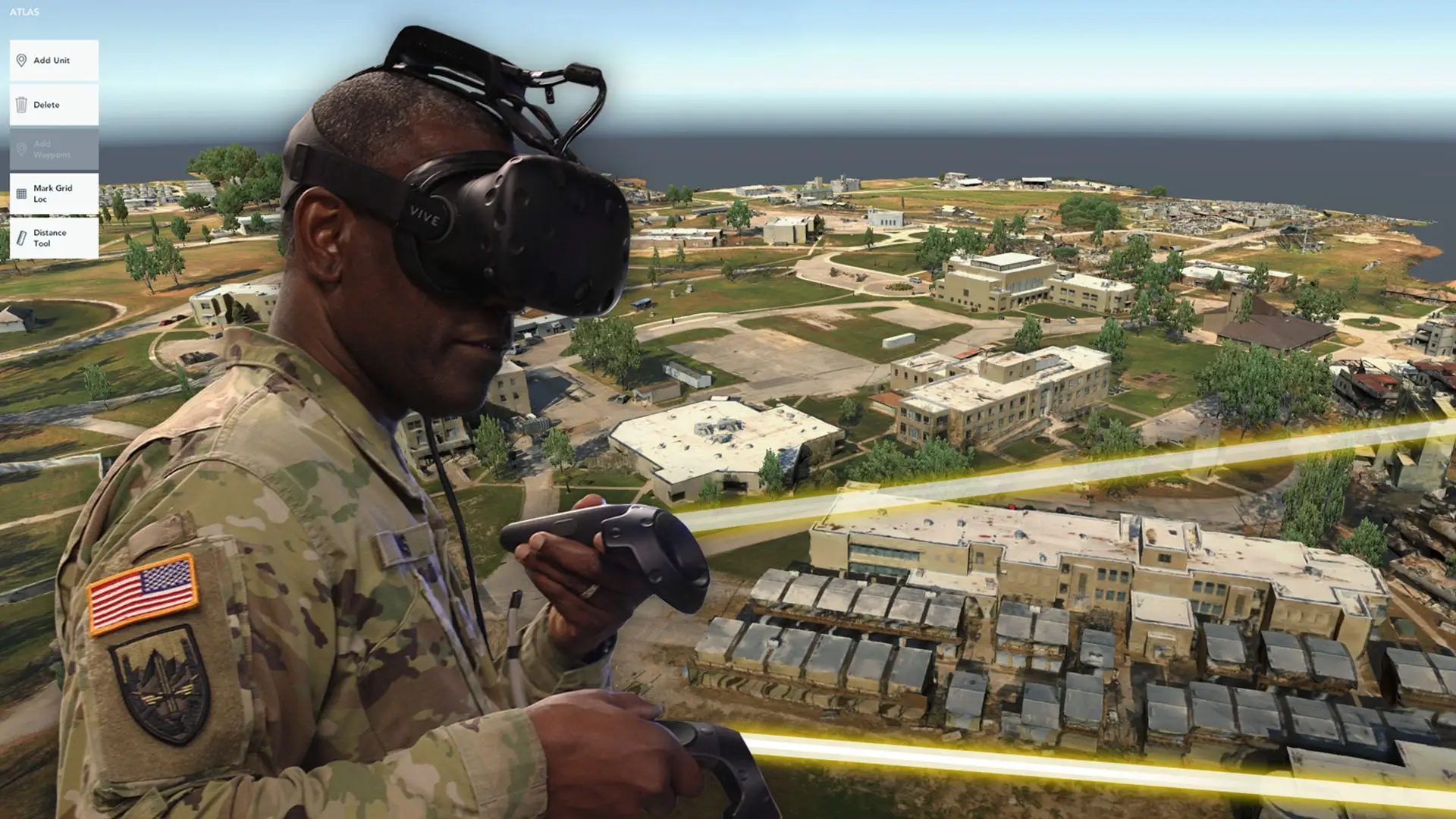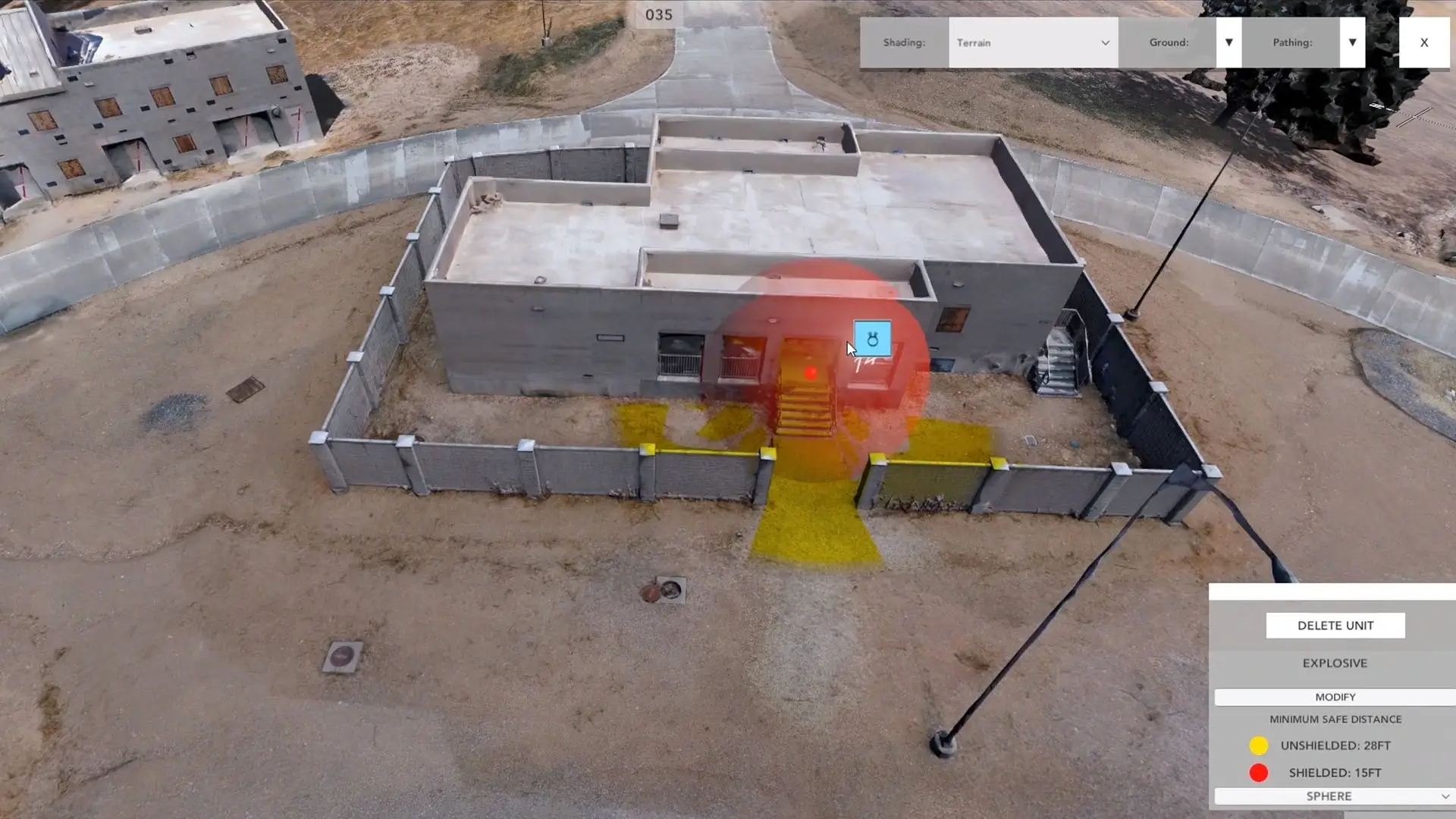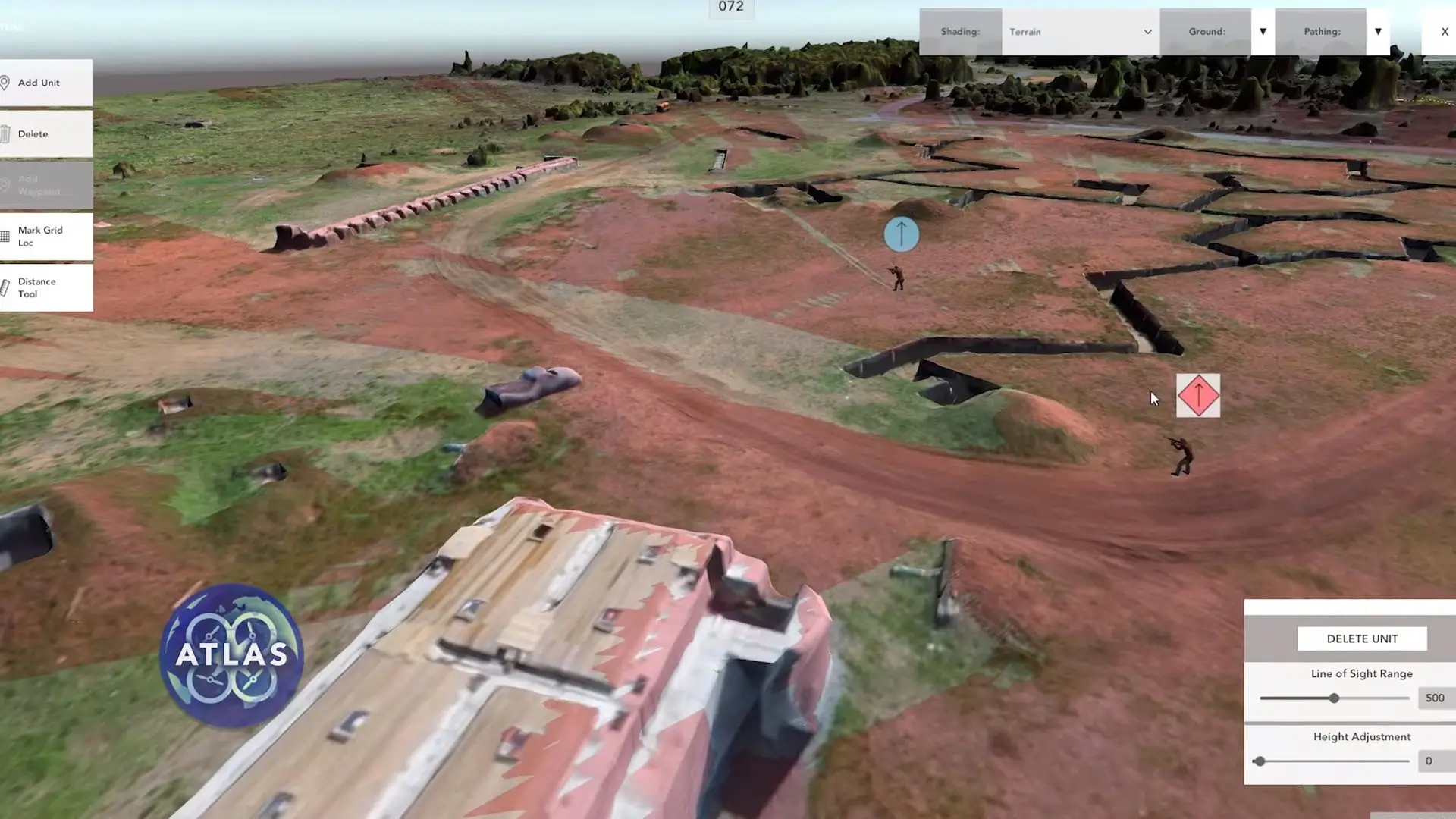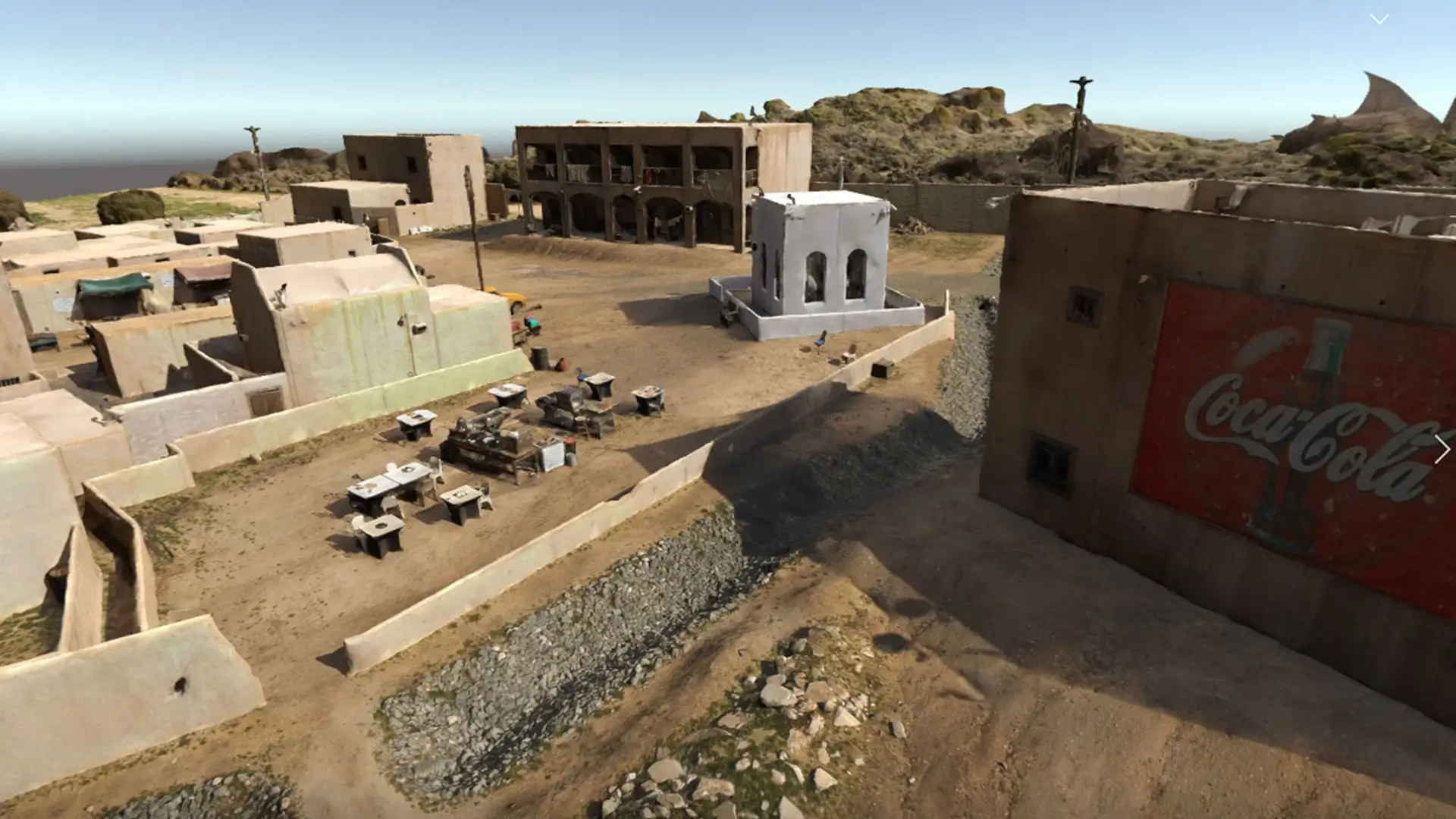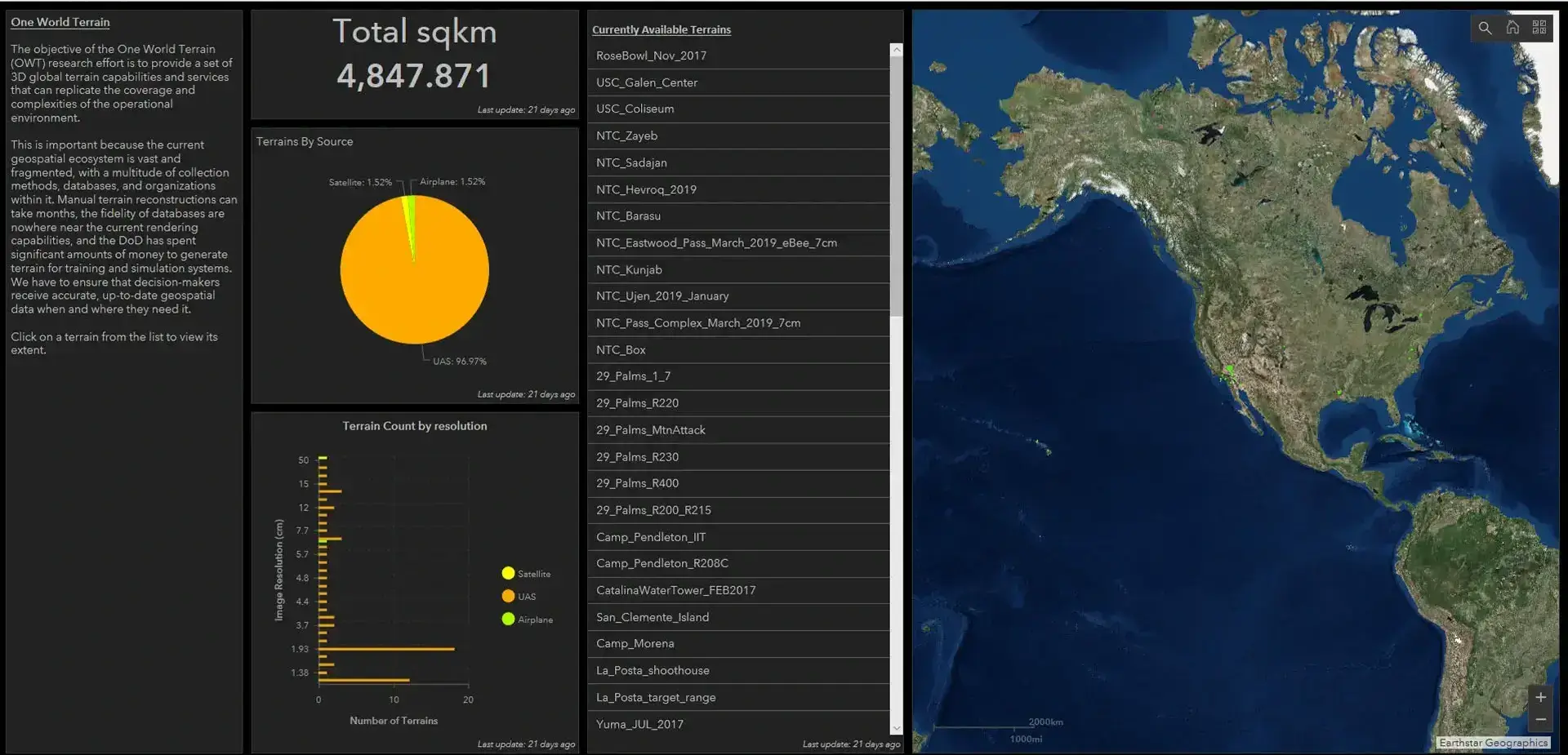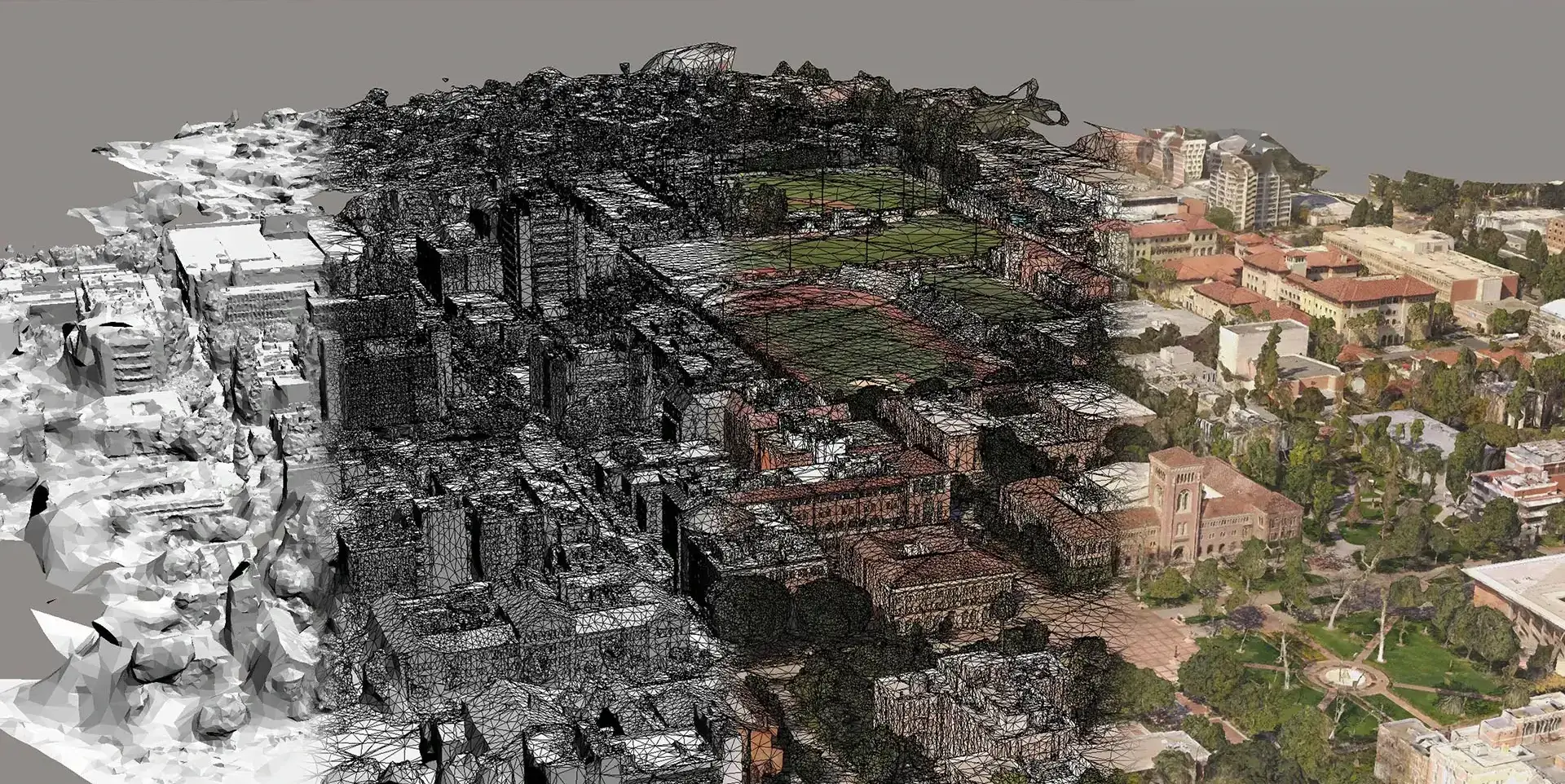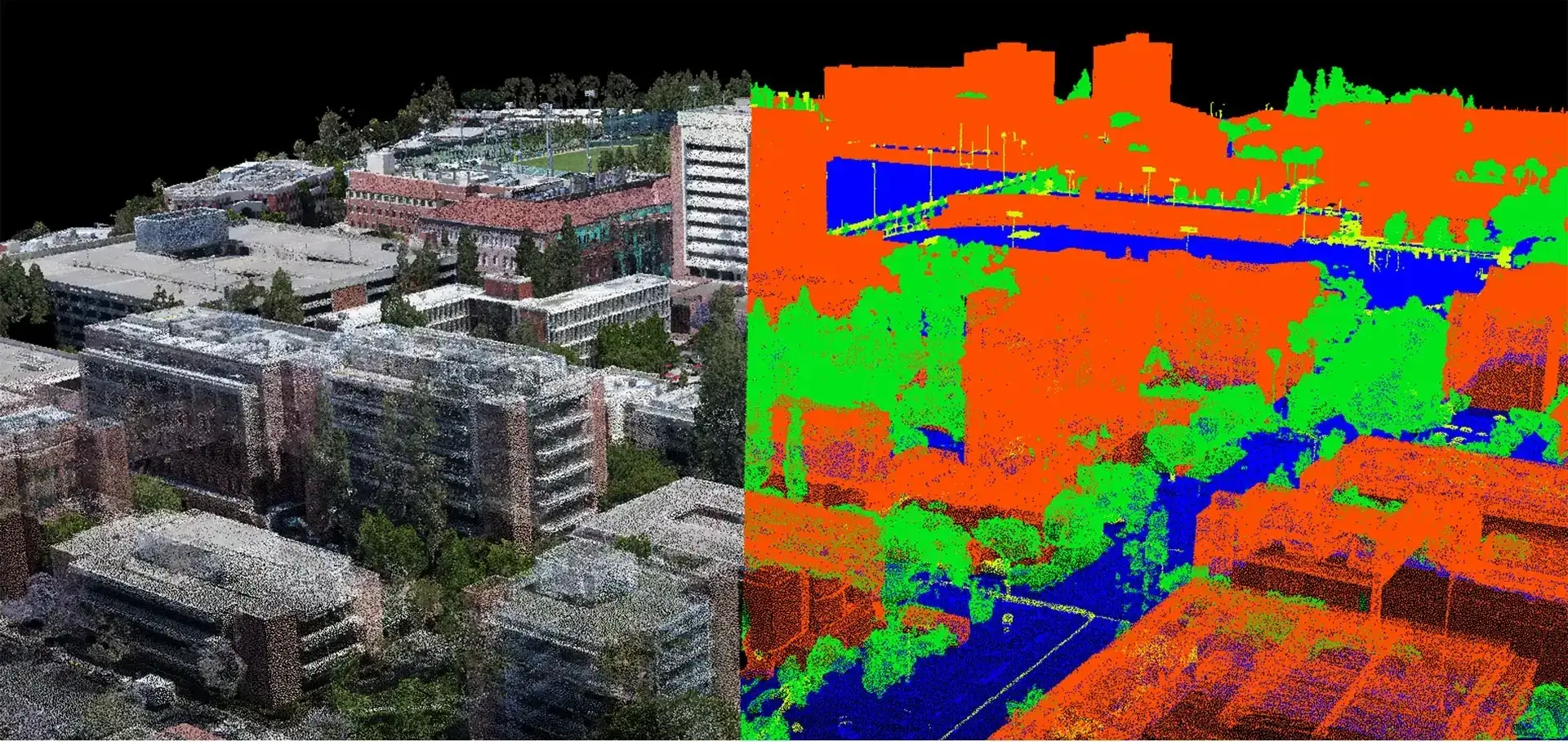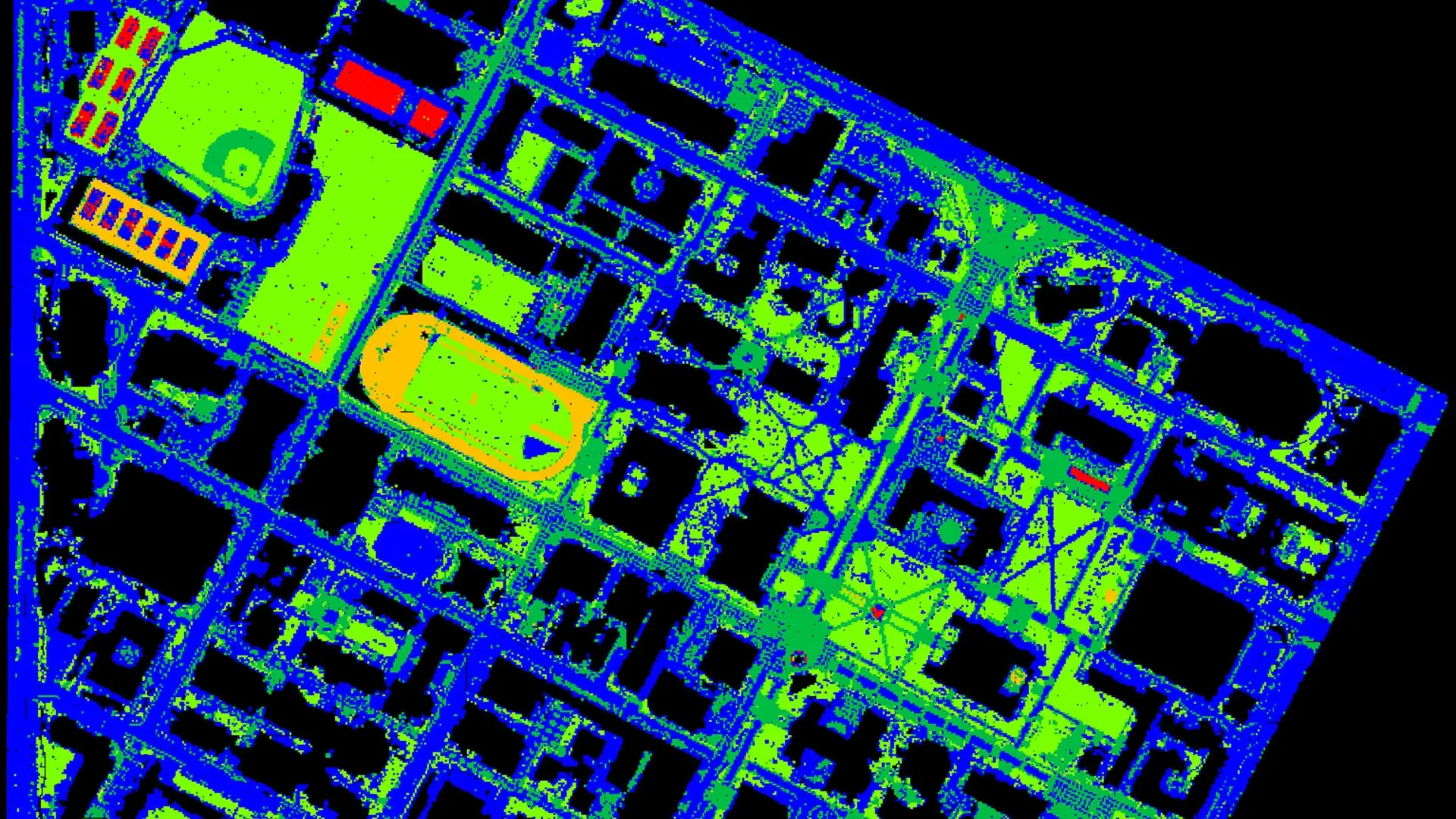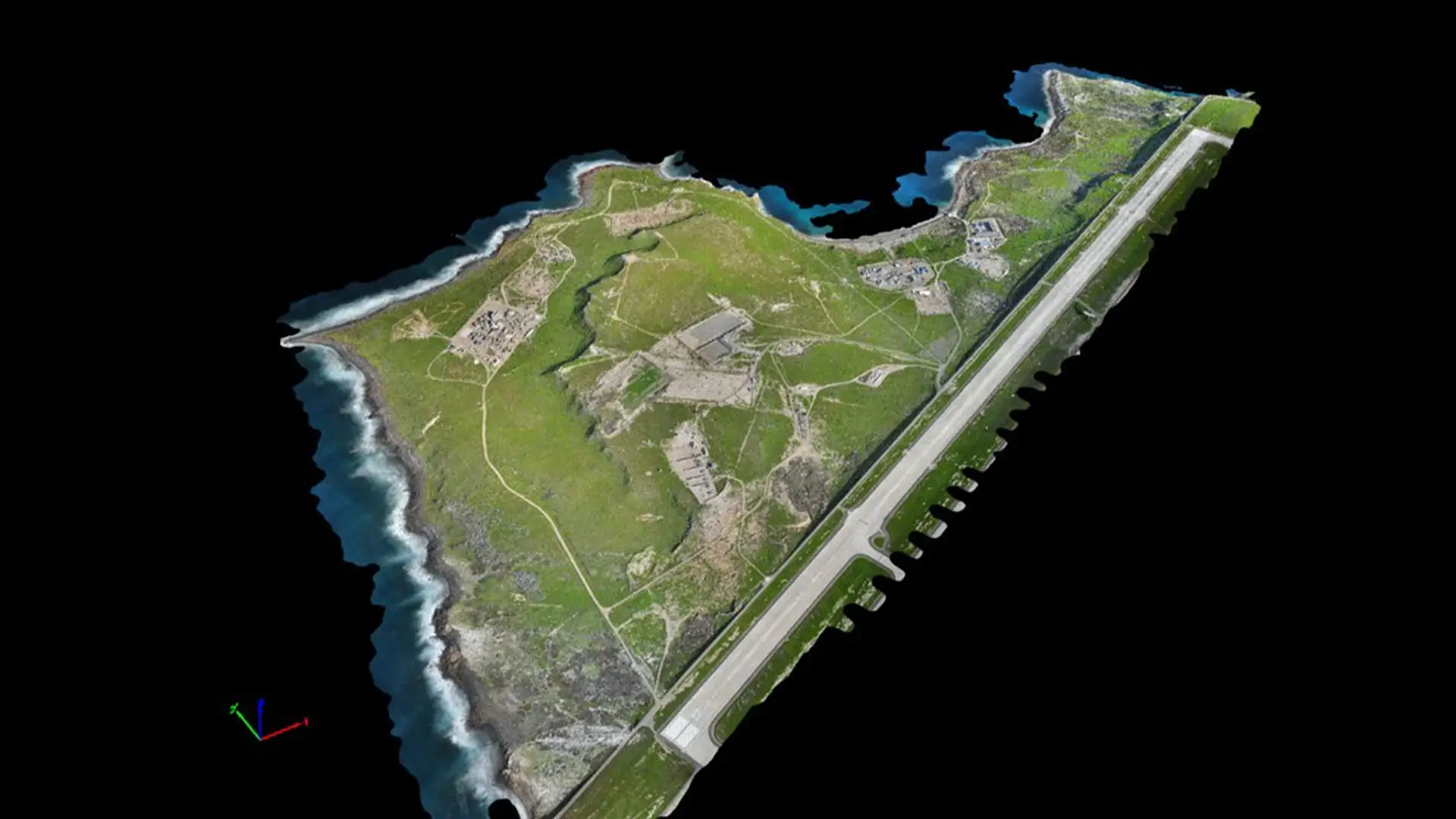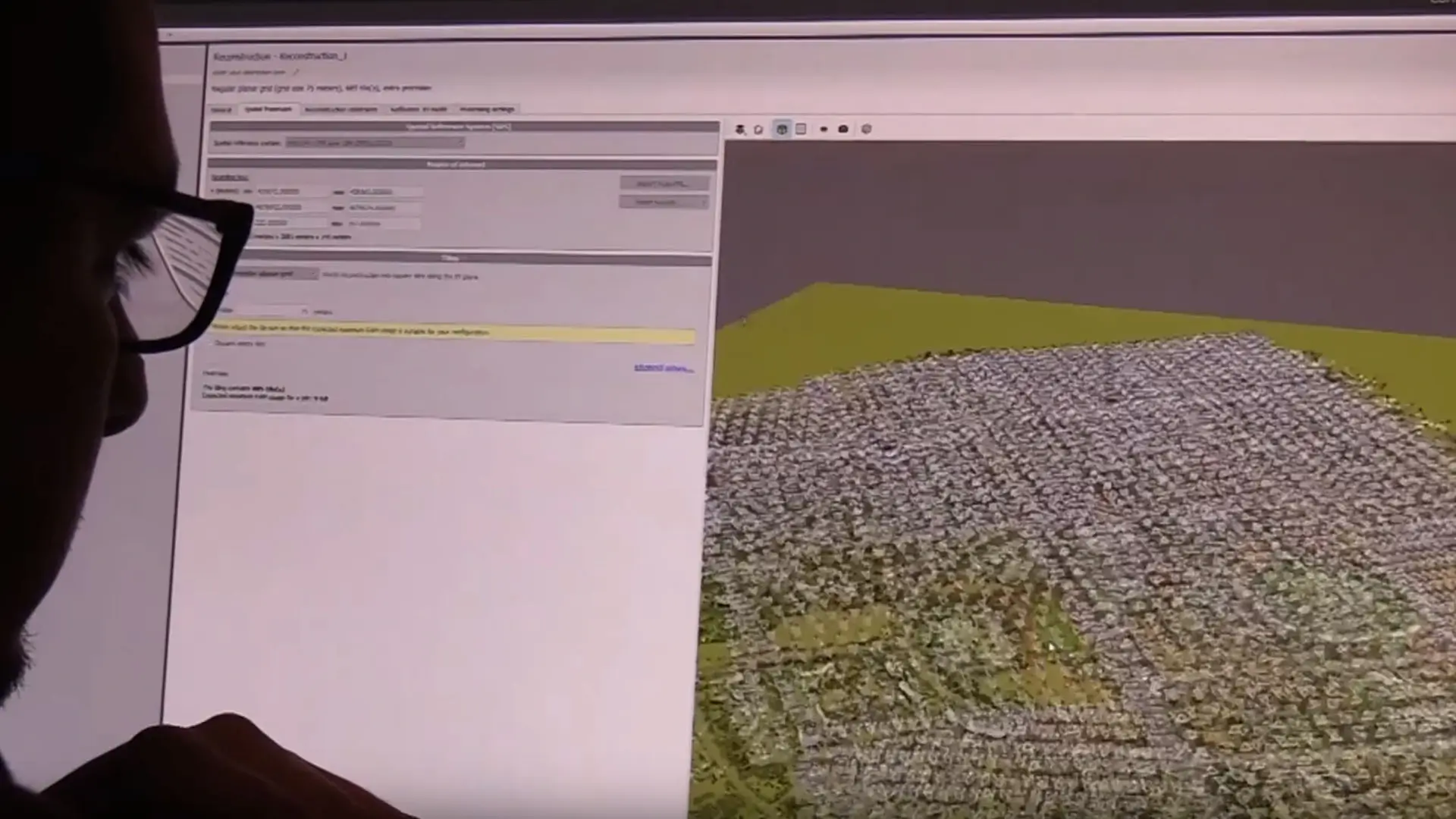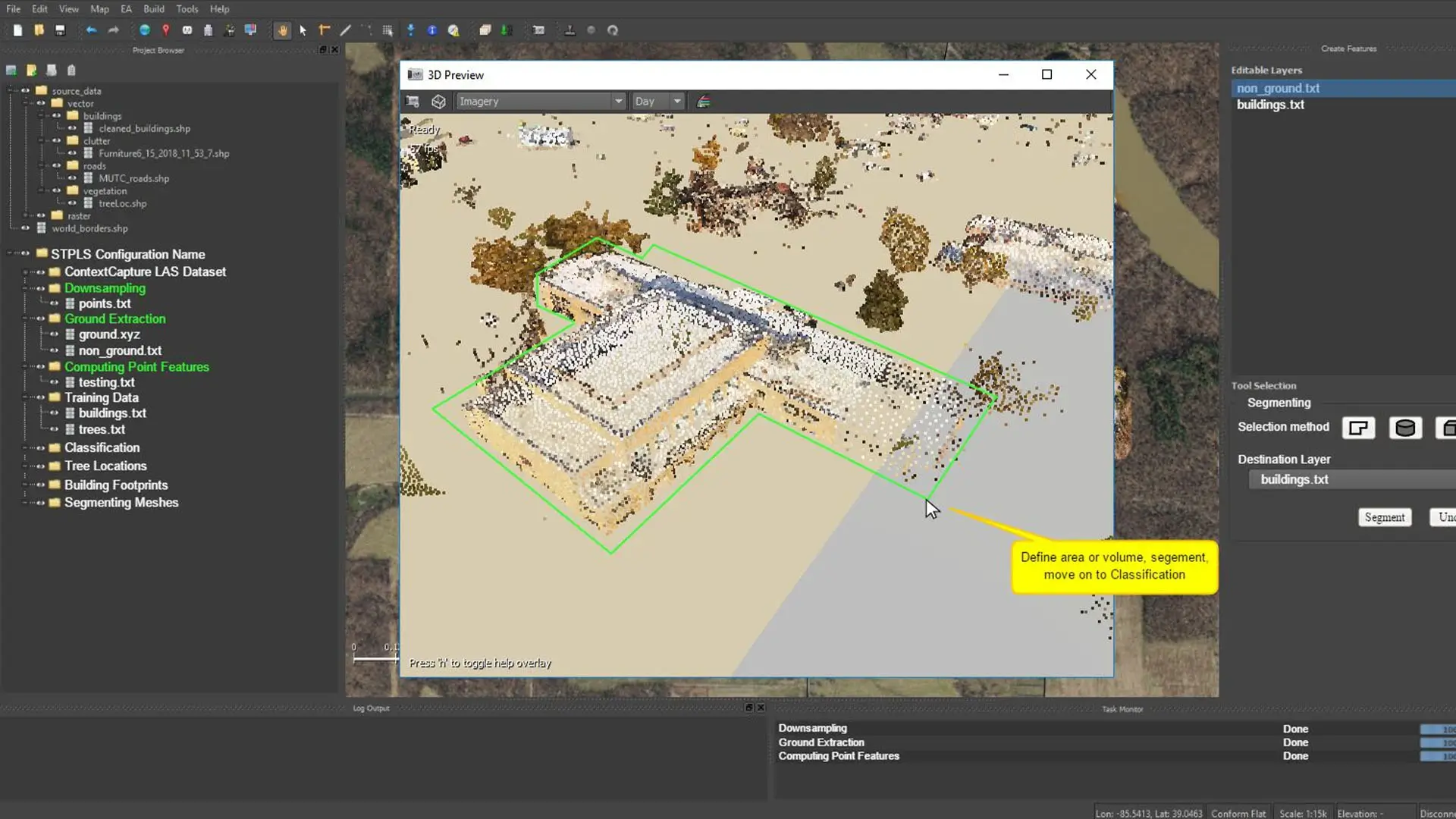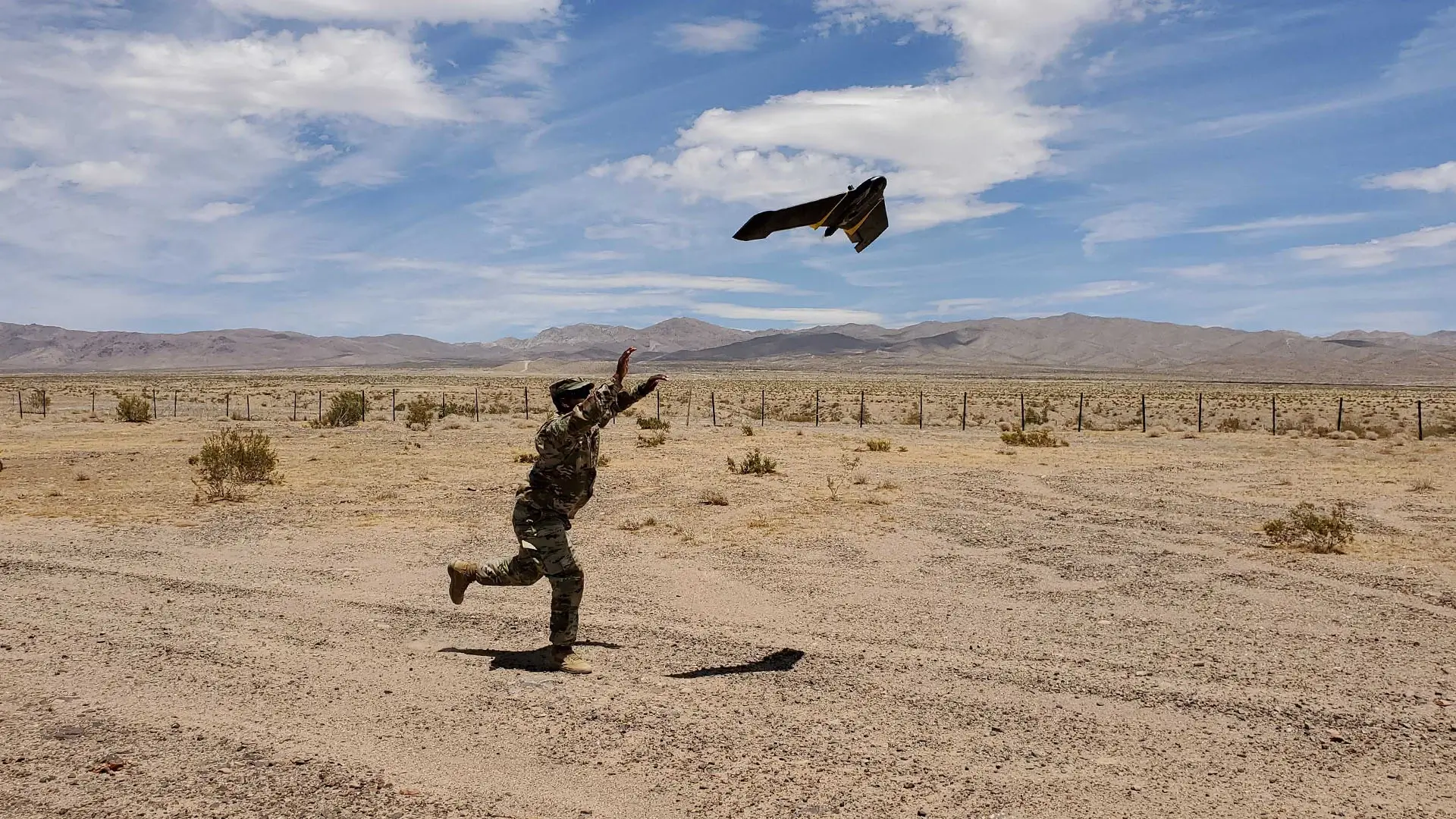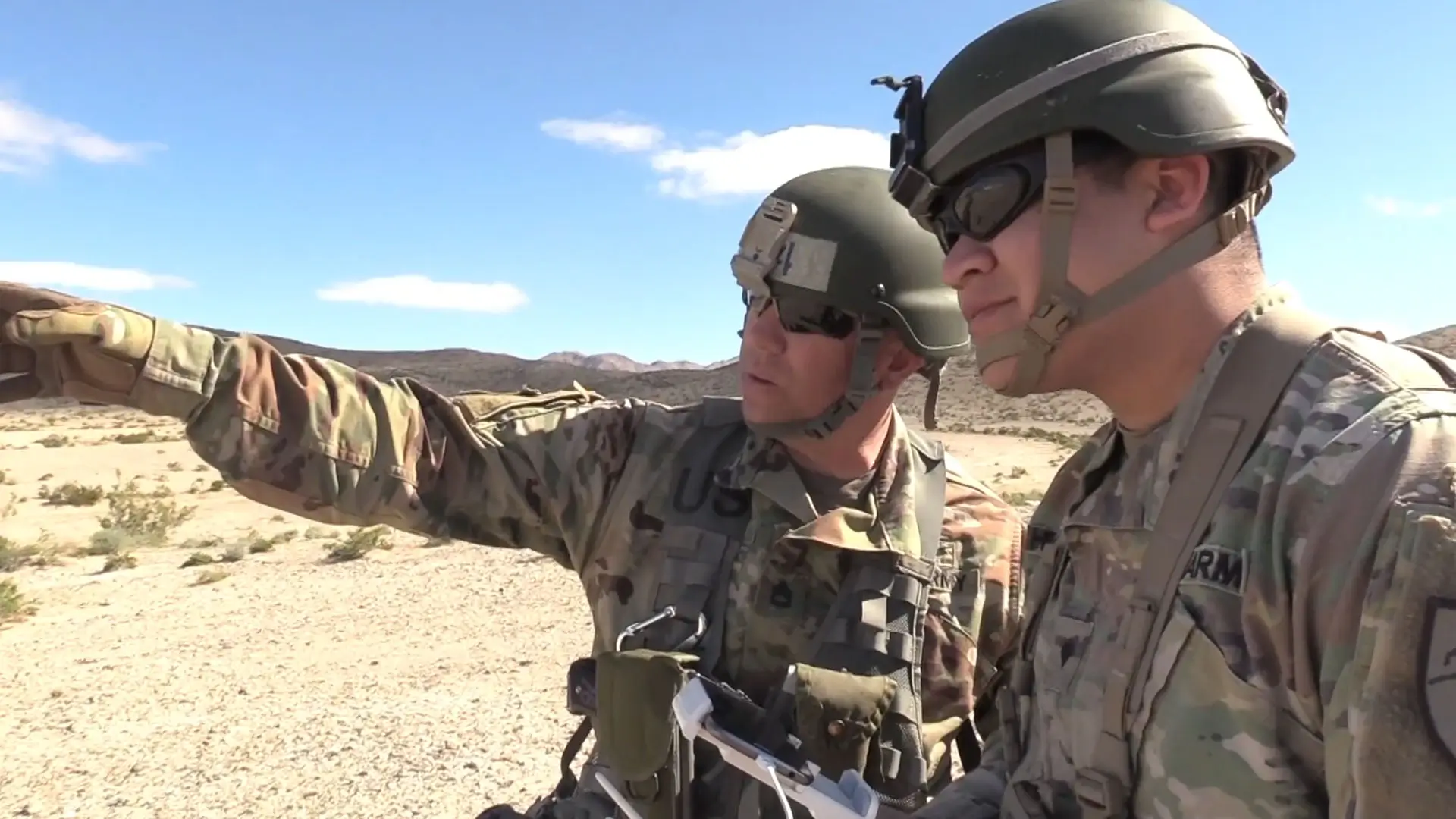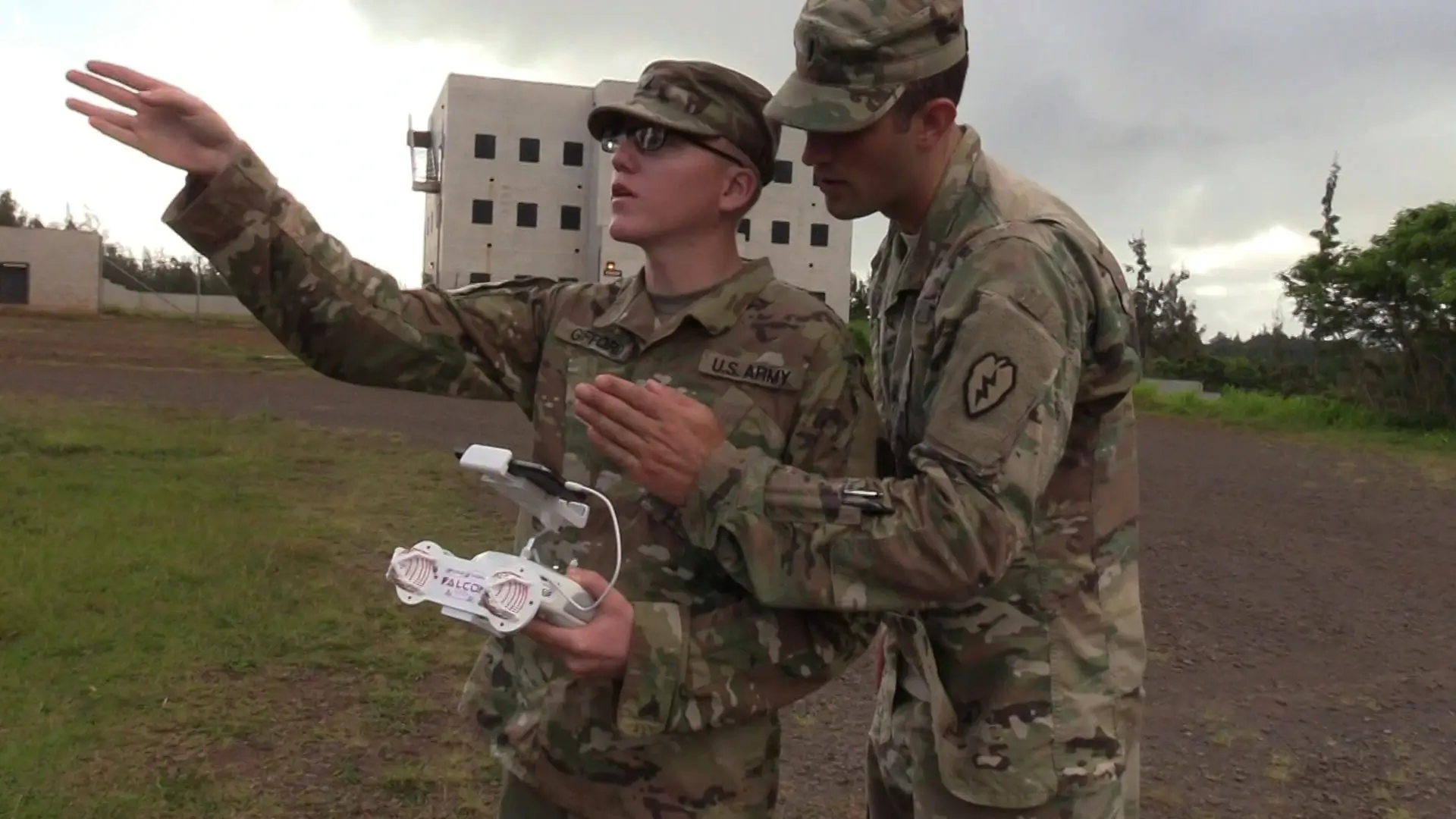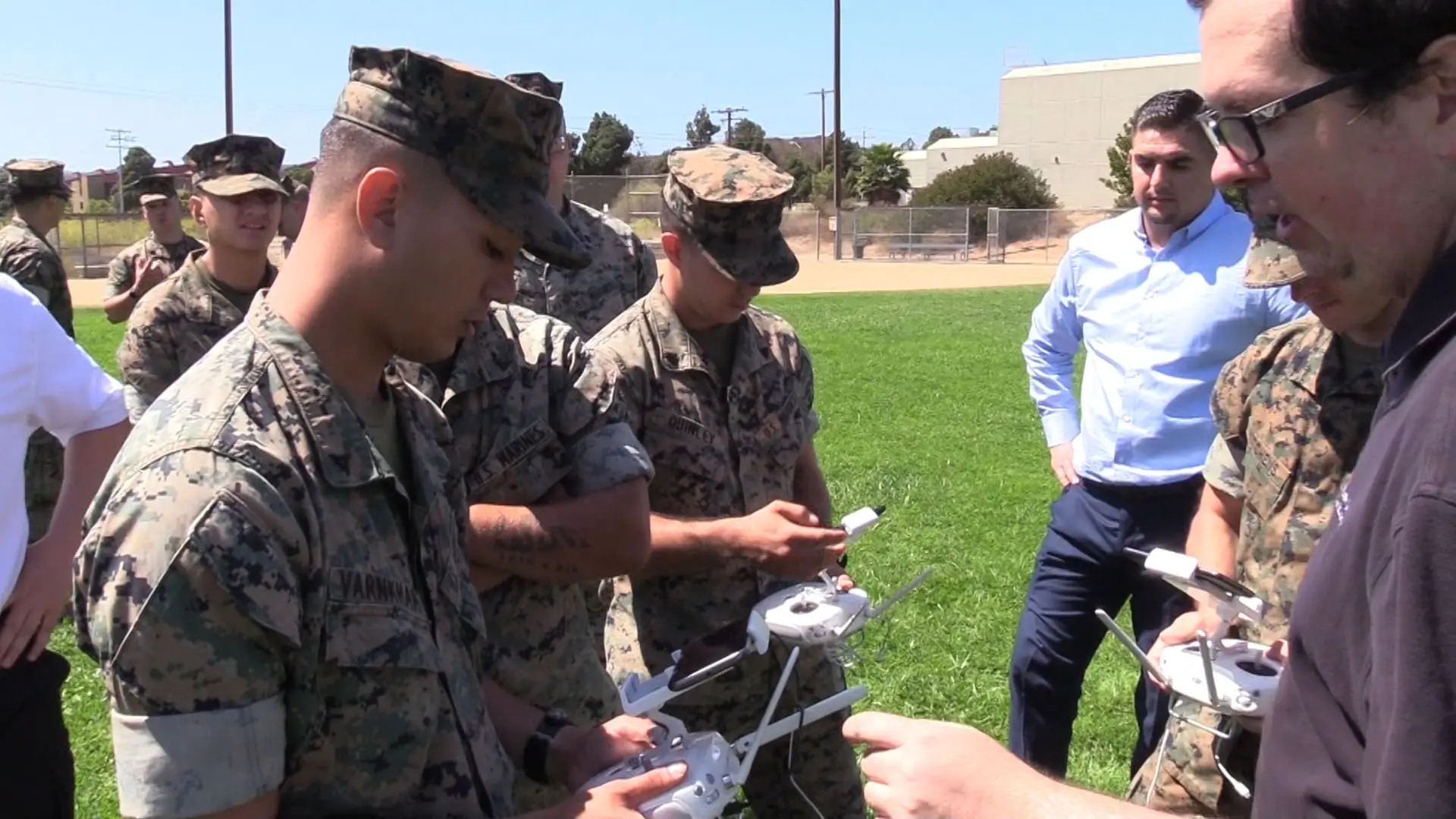Modeling & Simulation
Research Lead: David Nelson
The Modeling and Simulation Group creates immersive and informative experiences that support warfighter training and operations. The group employs researchers, domain experts, creative writers, and professional game designers in order to develop content that is as engaging as it is instructive. It has successfully transitioned a number of its advanced prototypes to the DoD, including DisasterSim, and a number of strategic training games for the Naval Postgraduate School.
The group collaborates with developers across academia and the DoD, to include multiple Army Cross-Functional Teams and research groups. Whether it’s applied research that informs military science and technology efforts, or advanced prototypes delivered directly to the user, the M&S Group advances the art of the possible in military modeling and simulation.
